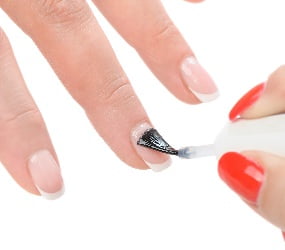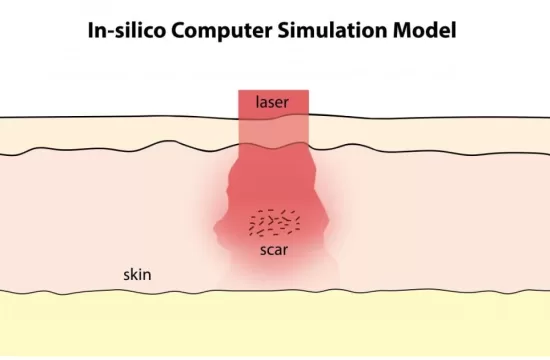 Bristol, UK (IOP)– The daily trimming of fingernails and toenails to make them more aesthetically pleasing could be detrimental and potentially lead to serious nail conditions.
Bristol, UK (IOP)– The daily trimming of fingernails and toenails to make them more aesthetically pleasing could be detrimental and potentially lead to serious nail conditions.
This is according to researchers at the University of Nottingham who have devised equations to identify the physical laws that govern nail growth, and used them to throw light on the causes of some of the most common nail problems, such as ingrown toe nails, spoon-shaped nails and pincer nails.
According to the research, which has been published today, 17 October, in IOP Publishing’s journal Physical Biology, regular poor trimming can tip the fine balance of nails, causing residual stress to occur across the entire nail.
This residual stress can promote a change in shape or curvature of the nail over time which, in turn, can lead to serious nail conditions.
Lead author of the study Cyril Rauch said: “It is remarkable what some people are willing to do to make their nails look good, and it is in this context that I decided to look at what we really know about nails. Reading the scientific literature on nails I quickly realised that very little physics or maths had been applied to nails and their conditions.”
“Looking at our results, we suggest that nail beauty fanatics who trim their nails on a daily basis opt for straight or parabolic edges, as otherwise they may amplify the imbalance of stresses which could lead to a number of serious conditions.”
In their study, the researchers focused specifically on ingrown toe nails which, though recognised for a long time, still lack a satisfactory treatment as the causes remain largely unknown.
When devising their equations, the researchers accounted for the strong adhesion of nails to their bed through tiny, microscopic structures, which allow the nail to slide forwards and grow in a “ratchet-like” fashion by continuously binding and unbinding to the nail.
By also taking into account the mechanical stresses and energies associated with the nail, the researchers came up with an overall nail shape equation.
The equation showed that when the balance between the growth stress and adhesive stress is broken – if a nail grows too quickly or slowly, or the number of adhesive structures changes – a residual stress across the entire nail can occur, causing it to change shape over time.
The equations showed that residual stress can occur in any fingernail or toenail; however, the stress is greater for nails that are larger in size and have a flatter edge, which explains why ingrown toe nails predominantly occur in the big toe.
Although a residual stress can be brought about by age or a change in metabolic activity – ingrown toenails are often diagnosed in children and pregnant women – the equations also showed that bad trimming of the nails can amplify the residual stress.
Moving forward, Rauch believes this research can be applied to farm animals and conditions associated with their hooves, which can be life threatening.
“Animals such as sheep, cattle, horses and ponies all suffer hugely from hoof conditions, which can have direct effects on the human population. At a time when securing food across the world is important, understanding the physics of hooves has never been so essential to sustain agriculture and food production,” Rauch continued.
“I believe that physics can make a difference by promoting a new type of evidence-based veterinary medicine and help the veterinary and farrier communities by devising trimming methods to alleviate pain and potentially remove the cause of serious conditions.”







